Review of Tidal Lagoon Technology and Opportunities for Integration within the UK Energy System
Abstract
:1. Introduction
- (1)
- The first part provides a description of the mechanism behind the generation of tides, an overview of tidal plants currently in service and a description of tidal lagoons. The characteristics of energy generated by tidal lagoons (variability and intermittency) are then described. Methodologies to reduce both variability and intermittency of energy generated are discussed.
- (2)
- The second part addresses the integration of tidal energy within the UK energy mix. This section starts with a comparison between the characteristics of solar, wind and tidal energy, and then shows the current levels of energy generation in the UK, divided by energy source. A tidal project proposed for South Wales is used as an example to quantify the impact of this form of energy on the UK energy system.
2. Terminology
- Ebb tide: The period between high tide and low tide, during which water flows away from the shore.
- Flow tide: The period between low tide and high tide, during which water flows to the shore.
- Spring tide: maximum tidal range, obtained at full moon or new moon (see Section 4 for more details on this definition).
- Neap tide: minimum tidal range, obtained at first moon quarter or last moon quarter (see Section 4 for more details on this definition).
- Lunar day: the interval of time between two successive crossings of the meridian by the moon (approximately 24 h and 50 min).
- Tidal barrage: it is the most common method used to harness tidal energy, and consists in creating a barrage across an existing basin, such as the estuary of a river. This system is schematically shown in Figure 3a
- Tidal stream: this technology consists of installing turbines inside the water and allowing generation of energy by the tidal wave. This type of generation is still at the research stage and is not addressed in this paper. One limitation of this technology is the low energy density of the tidal stream.
3. The Generation of Tides and the Tidal Range Variability
4. Overview of Existing Tidal Plants and of the Projects Proposed for the Bristol Channel
5. Tidal Lagoon Operation
5.1. Single-Basin Operation
- -
- -
- The optimal time for power generation is dependent on the tidal cycle, and cannot be adjusted to follow power demand levels.
- -
- The amount of power generated is at peak only when maximum differential height is obtained.
- -
- The amount of power generated is dependent on the maximum height reached by the water and on the tide level, therefore, the same basin will yield more energy at spring tide than at neap tide.
5.2. Solutions to Improve Energy Generation
6. Integration of Tidal Energy in the UK Energy Generation Mix
6.1. Characteristics of Solar, Wind and Tidal Energy
6.2. The Role of Tidal Lagoons
7. Quantitative Analysis
7.1. Estimated Annual Energy Generation
7.2. Integration of Tidal Lagoons within the UK Energy Mix
8. Conclusions
Acknowledgments
Conflicts of Interest
References
- Boston, T.; Baker, S. Energy Storage: Balancing the 21st Century Power Grid. IEEE Electr. Mag. 2015, 3, 52–57. [Google Scholar] [CrossRef]
- Hansen, J.P.; Narbel, P.A.; Aksnes, D.L. Limits to growth in the renewable energy sector. Renew. Sustain. Energy Rev. 2017, 70, 769–774. [Google Scholar] [CrossRef]
- Lynn, P.A. Electricity from Wave and Tide: An Introduction to Marine Energy; Wiley: Chichester, UK, 2013. [Google Scholar]
- Gunn, K.; Stock-Williams, C. Quantifying the global wave power resource. Renew. Energy 2012, 44, 296–304. [Google Scholar] [CrossRef]
- International Renewable Energy Agency (IREA). Tidal Energy—Technology Brief; IRENA Innovation and Technology Centre: Bonn, Germany, 2014; pp. 1–36. Available online: http://www.irena.org/DocumentDownloads/Publications/Tidal_Energy_V4_WEB.pdf (accessed on 18 July 2017).
- Black and Veatch Consulting Ltd. Europe and Global Tidal Stream Energy Resource Assessment; Peer Review Issue 107799/D/2100/05/1; Carbon Trust: London, UK, 2004. [Google Scholar]
- Blunden, L.S.; Bahaj, A.S. Tidal energy resource assessment for tidal stream generators. Proc. Inst. Mech. Eng. Part A J. Power Energy 2007, 221, 137–146. [Google Scholar] [CrossRef]
- Arinaga, R.A.; Cheung, K.F. Atlas of global wave energy from 10 years of reanalysis and hindcast data. Renew. Energy 2012, 39, 49–64. [Google Scholar] [CrossRef]
- Renewable Energy Policy Network for the 21st Century (REN21) Renewables 2016—Global Status Report. Paris, France, 2016. Available online: http://www.ren21.net/status-of-renewables/global-status-report/ (accessed on 1 February 2017).
- Uihlein, A.; Magagna, D. Wave and tidal current energy—A review of the current state of research beyond technology. Renew. Sustain. Energy Rev. 2016, 58, 1–12. [Google Scholar] [CrossRef]
- Marten, S.; Hall, P. Marine tidal energy: A case study in legislative challenges and environmental impacts. In Proceedings of the IEEE Conference on Technologies for Sustainability, Portland, OR, USA, 24–26 July 2014. [Google Scholar]
- Heronomus, W.E.; Margarella, P.A.; McPherson, R.A.; Ewing, D.L. On the extraction of kinetic energy from oceanic and tidal river currents. In Macarthur Workshop on the Feasibility of Extracting Useable Energy from the Florida Current; Stewart, H.B., Ed.; Palm Beach Shores: Palm Beach, FL, USA, 1974. [Google Scholar]
- Strategic Initiative for Ocean Energy (SIocean). Ocean Energy: Cost of Energy and Cost Reduction Opportunities. 2013. Available online: https://www.oceanenergy-europe.eu/images/projects/130501-SI-Ocean---Cost-of-Energy-Report.pdf (accessed on 6 July 2017).
- Lissaman, P.B.S.; Radkey, R.L. Coriolis program: A review of the status of the ocean turbine energy System. In Proceedings of the Oceans ’79, San Diego, CA, USA, 17–19 September 1979; IEEE: London, UK, 1979; pp. 559–565. [Google Scholar]
- MacGillivray, A.; Jeffrey, H.; Hanmer, C.; Magagna, D.; Raventos, A.; Badcock-Broe, A. Ocean energy technology: Gaps and barriers. In Strategic Initiative for Ocean Energy (SIocean); SI Ocean: Brusseles, Belgium, 2013; Available online: http://www.marineenergypembrokeshire.co.uk/wp-content/uploads/2010/03/Gaps-and-Barriers-Report-FV.pdf (accessed on 18 July 2017).
- Sannino, G.; Cavicchioli, C. Overcoming Research Challenges for Ocean Renewable Energy. Available online: https://setis.ec.europa.eu/energy-research/sites/default/files/library/ERKC_PB%20Ocean%20Renewable%20Energy.pdf (accessed on 5 July 2017).
- Frid, C.; Andonegi, E.; Depestele, J.; Judd, A.; Rihan, D.; Rogers, S.I.; Kenchington, E. The environmental interactions of tidal and wave energy generation devices. Environ. Impact Assess. Rev. 2012, 32, 133–139. [Google Scholar] [CrossRef]
- Department of Energy & Climate Change. UK Energy in Brief 2014; Crown Copyright: London, UK, 2014. Available online: https://www.gov.uk/government/statistics/uk-energy-in-brief-2014 (accessed on 18 July 2017).
- National Grid UK. Future Energy Scenarios, Warwick, UK. Available online: fes.nationalgrid.com (accessed on 18 July 2017).
- Elliot, D. Tidal Power-moving ahead. In Energy Research Developments: Tidal Energy, Energy Efficiency and Solar Energy; Johnson, K.F., Veliotti, T.R., Eds.; Nova Science Publishers: Hauppauge, NY, USA, 2009. [Google Scholar]
- Hendry, C. The Role of Tidal Lagoons. Final Report. 2016. Available online: https://hendryreview.files.wordpress.com/2016/08/hendry-review-final-report-english-version.pdf (accessed on 10 February 2017).
- Cartwright, D.E. Oceanic tides. Rep. Prog. Phys. 1977, 40, 665–708. [Google Scholar] [CrossRef]
- Webb, D.J. Tides and tidal energy. Contemp. Phys. 1982, 23, 419–442. [Google Scholar] [CrossRef]
- Pugh, D.T. Tides, Surges and Mean Sea-Level. A Handbook for Engineers and Scientists; John Wiley & Sons: Chichester, UK, 1987. [Google Scholar]
- Thurman, H.V. Introductory Oceanography, 7th ed.; Macmillan: New York, NY, USA, 1994. [Google Scholar]
- Struben, A.M.A. Tidal Power; Sir Isaac Pitman & Sons, LTD: London, UK, 1921. [Google Scholar]
- Lawless, M.; Rodger, D. Development of the European tidal database and its potential application to marine renewables. J. Coast. Res. 2013, 29, 1629–1630. [Google Scholar] [CrossRef]
- NASA Scientific Visualization Studio. Revealing Hidden Tidal Energy 20/02/2017. Available online: http://svs.gsfc.nasa.gov/stories/topex/tides.html (accessed on 15 December 2016).
- Garrison, T. Oceanography: An Invitation to Marine Science, 9th ed.; Brooks Cole: Boston, MA, USA, 2015. [Google Scholar]
- Miles, J.W. Resonant response of harbours: An equivalent-circuit analysis. J. Fluid Mech. 1971, 46, 241–265. [Google Scholar] [CrossRef]
- Snyder, R.M. Tidal hydraulics in estuarine channels. ASCE J. Hydraul. Div. 1980, 106, 237–245. [Google Scholar]
- Garrett, C.; Cummins, P. The power potential of tidal currents in channels. Proc. R. Soc. Lond. A 2005, 461, 2563–2572. [Google Scholar] [CrossRef]
- Twidell, J.; Weir, T. Renewable Energy Resources, 3rd ed.; Routledge: Oxon, UK, 2015. [Google Scholar]
- BP Marine Environmental Research Ltd, The Met Office, Garrad Hassan. Proudman Oceanographic Laboratory. Atlas of UK Marine Renewable Energy Resources; Technical Report R.1106; ABP Marine Environmental Research: Southampton, UK, 2004. [Google Scholar]
- Van Nieuwkoop, J.C.C.; Smith, H.C.M.; Smith, G.H.; Johanning, L. Wave resource assessment along the Cornish coast (UK) from a 23-year hindcastdata set validated against buoy measurements. Renew. Energy 2013, 58, 1–14. [Google Scholar] [CrossRef]
- Thake, J. Development, Installation and Testing of a Large-Scale Tidal Current Turbine; Technical Report T/06/00210/00/REP; Department of Trade and Industry: London, UK, 2005.
- Morton, T. Tidal Array Grid Is World First. Available online: http://www.shetland.org/60n/blogs/posts/tidal-array-grid-connection-is-world-first (accessed on 20 January 2017).
- Cave, P.R.; Evans, E.M. Tidal streams and energy supply in the Channel Islands. Energy for Rural and Island Communities IV. In Proceedings of the Fourth International Conference, Inverness, UK, 1985; Volume 4, pp. 159–164. [Google Scholar]
- Houde, J. Cost-Benefit Analysis of Tidal Energy Generation in Nova Scotia: A Scenario for a Tidal farm with 300 MW of Installed Capacity in the Minas Passage in 2020; Department of Economics, Dalhousie University: Halifax, NS, Canada, 2012. [Google Scholar]
- Barker, N. Managing Tidal Change; Winston Churchill Memorial Trust: London, UK, 2008. [Google Scholar]
- Green, J.; Smith, H.D. Implementation of the UK Marine and Coastal Access Act and Devolved Marine Legislation: Cross-Border Case Studies; Wildlife and Countryside Link: London, UK, 2009. [Google Scholar]
- The Royal Academy of Engineering. The Severn Barrage, London. 2008. Available online: http://www.raeng.org.uk/publications/reports/severn-barrage-transcript (accessed on 18 July 2017).
- Xia, J.; Falconer, R.A.; Lin, B. Impact of different tidal renewable energy projects on the hydrodynamic processes in the Severn Estuary, UK. Ocean Model. 2010, 32, 86–104. [Google Scholar] [CrossRef]
- Baker, C.; Leach, P. Tidal Lagoon Power Generation Scheme in Swansea Bay; 2006. Available online: https://web.archive.org/web/20070317232049/http:/www.dti.gov.uk/files/file30617.pdf (accessed on 18 July 2017).
- The Conservation of Habitats and Species Regulations 2010. Available online: http://www.legislation.gov.uk/uksi/2010/490/regulation/61/made (accessed on 1 May 2017).
- Waters, S.; Aggidis, G. A World First: Swansea Bay Tidal lagoon in review. Renew. Sustain. Energy Rev. 2016, 56, 916–921. [Google Scholar] [CrossRef]
- Baker, A.C. Tidal Power; Peter Peregrinus: London, UK, 1991. [Google Scholar]
- Tousif, S.R.T.; Taslim, S.B. Tidal Power: An Effective Method of Generating Power. Int. J. Sci. Eng. Res. 2011, 2, 1–5. [Google Scholar]
- Betz, A. Introduction to the Theory of Flow Machines; Pergamon Press: Oxford, UK, 1966. [Google Scholar]
- Gorban, A.N.; Gorlov, A.M.; Silantyev, V.M. Limits of the turbine efficiency for free fluid flow. Trans. ASME J. Energy Resour. Technol. 2001, 123, 311–317. [Google Scholar] [CrossRef]
- Walker, J.M.; Flack, K.A.; Lust, E.E.; Schultz, M.P.; Luznik, L. Experimental and numerical studies of blade roughness and fouling on marine current turbine performance. Renew. Energy 2014, 66, 257–267. [Google Scholar] [CrossRef]
- Tidal Lagoon Power. Ours to Own. 2016. Available online: http://www.tidallagoonpower.com/wp-content/uploads/2016/09/Ours-to-Own_Tidal-Lagoon-Power_Oct-2016.pdf (accessed on 5 November 2016).
- Petley, S.; Aggidis, G. Swansea Bay Tidal Lagoon Annual Energy Estimation. Ocean Eng. 2016, 111, 348–357. [Google Scholar] [CrossRef]
- De Laleu, V. La Rance Tidal Power Plant—40 year operation feedback. In Proceedings of the BHA Annual Conference, Liverpool, UK, 14–15 October 2009. [Google Scholar]
- University of Strathclyde Energy Systems Research Unit. New Generation Technologies for Findhorn Eco-Community. Available online: http://www.esru.strath.ac.uk/EandE/Web_sites/13-14/Findhorn/generation.html#power (accessed on 7 July 2017).
- MacKay, D.J.C. Sustainable Energy without the Hot Air; UIT: Cambridge, UK, 2009. [Google Scholar]
- MacKay, D.J.C. Enhancing Electrical Supply by Pumped Storage in Tidal Lagoons. Available online: http://www.inference.phy.cam.ac.uk/sustainable/book/tex/Lagoons.pdf (accessed on 20 January 2017).
- Dugan, R.C.; Taylor, J.A.; Montenegro, D. Energy Storage Modeling for Distribution Planning. IEEE Trans. Ind. Appl. 2016, 99, 12–20. [Google Scholar]
- Regen. Distributed Generation and Demand Study. 2016. Available online: https://www.regensw.co.uk/the-future-of-network-infrastructure-studies (accessed on 15 February 2017).
- Cotterel, M.; Griff, T. Guide to the Installation of Photovoltaic Systems; Microgeneration Certification Scheme: London, UK, 2012. [Google Scholar]
- Renewable Energy Foundation. British Electricity Generation Fuel Mix. Available online: http://www.ref.org.uk/fuel/index.php?tab=month&share=N# (accessed on 8 May 2017).
- Boyle, G. Renewable Electricity and the Grid; Earthscan: London, UK, 2007. [Google Scholar]
- Sinden, G. Variability of UK Marine Resources. Available online: https://www.carbontrust.com/media/174017/eci-variability-uk-marine-energy-resources.pdf (accessed on 18 July 2017).
- Iyer, A.S.; Couch, S.J.; Harrison, G.P.; Wallace, A.R. Variability and phasing of tidal current energy around the United Kingdom. Renew. Energy 2013, 51, 343–357. [Google Scholar] [CrossRef]
- Burrows, R.; Walkington, I.; Yates, N.; Hedges, T.; Chen, T.; Li, M.; Zhou, J.; Wolf, J.; Proctor, R.; Holt, J. Tapping the Tidal Power Potential of the Eastern Irish Sea; ICE publishing: Liverpool, UK, 2015. [Google Scholar]
- Chakravorty, D.; Chaudhuri, B.; Hui, D. Rapid Frequency Response from Smart Loads in Great Britain Power System. IEEE Trans. Smart Grid 2016, 99, 1–10. [Google Scholar] [CrossRef]
- Online Tides and Currents Predictions. Available online: http://tides.mobilegeographics.com/ (accessed on 28 April 2017).
- Adcock, T.A.A. Back of the Envelope Calculations on the Proposed Swansea Bay Tidal Lagoon. 2014. Available online: http://users.ox.ac.uk/~spet1235/Swansea.pdf (accessed on 25 February 2017).
- Western Power Distribution. Long Term Development Statement for Western Power Distribution (South Wales). 2016. Available online: https://www.westernpower.co.uk/About-us/Our-Business/Our-network/Long-term-development.aspx (accessed on 28 December 2016).
- National Grid UK. Electricity Ten Year Statement (ETYS), Warwick, UK. Available online: www2.nationalgrid.com/UK/Industry-information/Future-of-Energy/Electricity-Ten-Year-Statement (accessed on 18 July 2017).
- Hough, D.; White, E. Future of Coal-Fired Power Station Sites; House of Commons: London, UK, 2016; Available online: http://researchbriefings.files.parliament.uk/documents/CDP-2016–0091/CDP-2016–0091.pdf (accessed on 17 February 2017).
- Boccard, N. Capacity factor of wind power realized values vs. estimates. Energy Policy 2009, 37, 2679–2688. [Google Scholar] [CrossRef]
- Denholm, P.; Margolis, R.M. Evaluating the limits of solar photovoltaics (PV) in traditional electric power systems. Energy Policy 2007, 35, 2852–2861. [Google Scholar] [CrossRef]
- Hemingway, J. Estimating Generation from Feed in Tariff Installations. Available online: https://www.gov.uk/government/statistics/energy-trends-december-2013-special-feature-article-estimating-generation-from-feed-in-tariff-installations (accessed on 8 May 2017).
- International Electrotechnical Commission (IEC). Grid Integration of Large-Capacity Renewable Energy Sources and Use of Large-Capacity Electrical Energy Storage; IEC: Geneva, Switzerland, 2012. [Google Scholar]
- MacEnri, J.; Reed, M.; Thiringer, T. Power quality performance of the tidal energy converter. In Proceedings of the ASME 2011 30th International Conference on Ocean Offshore and Arctic Engineering, Rotterdam, The Netherlands, 19–24 June 2011. [Google Scholar]
- Sanchez, E.V.; Hansen, R.H.; Kramer, M.M. Control performance assessment and design of optimal control to harvest ocean energy. IEEE J. Ocean. Eng. 2015, 40, 15–26. [Google Scholar] [CrossRef]
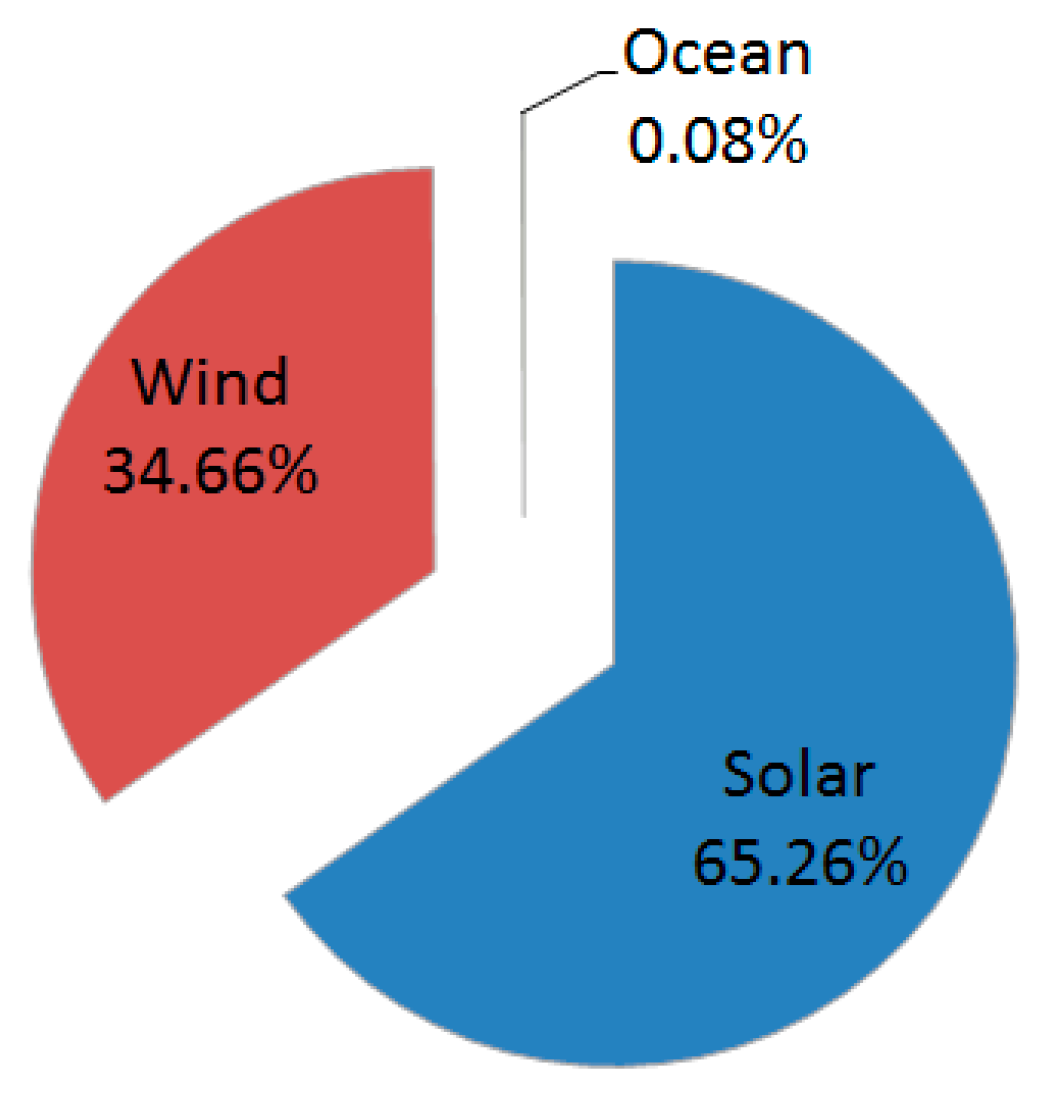
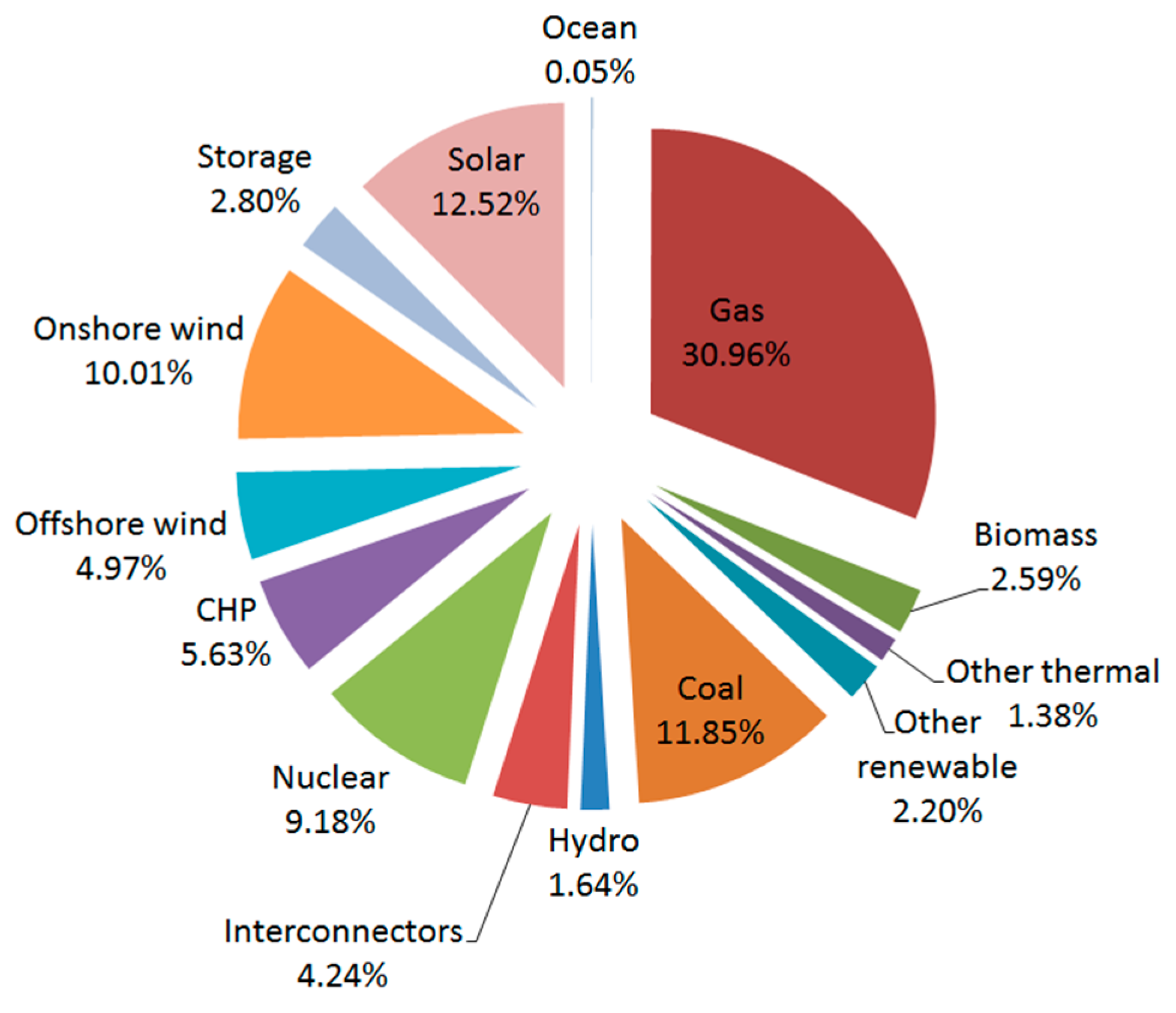

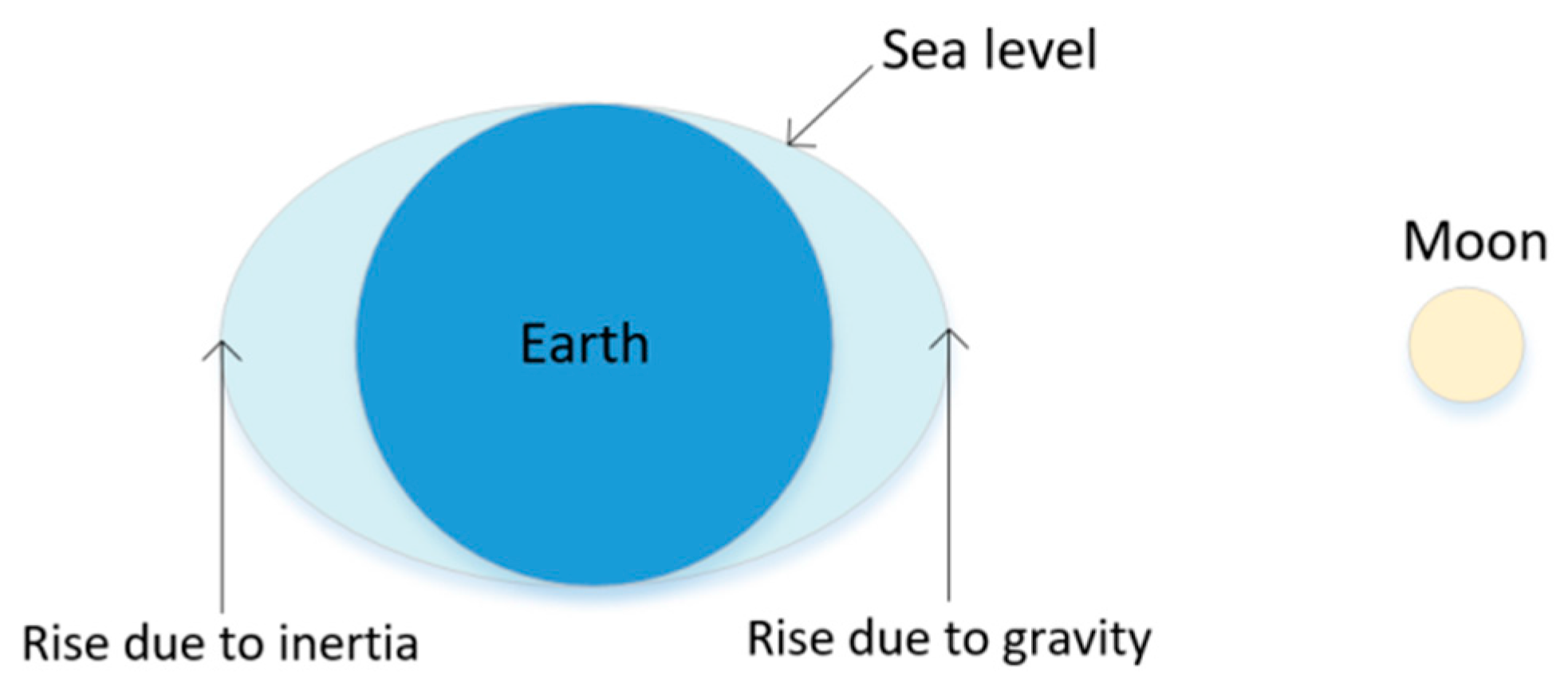

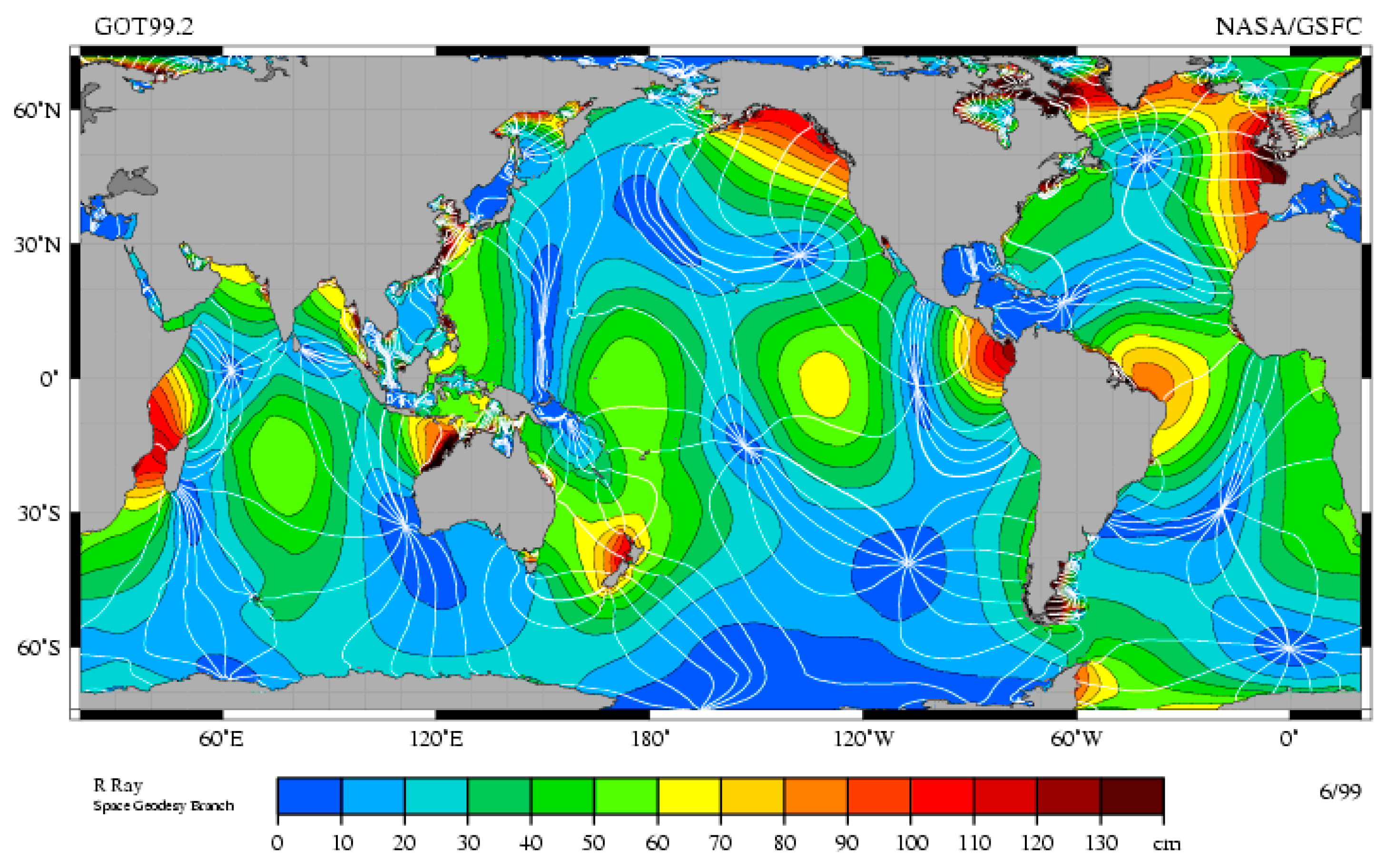
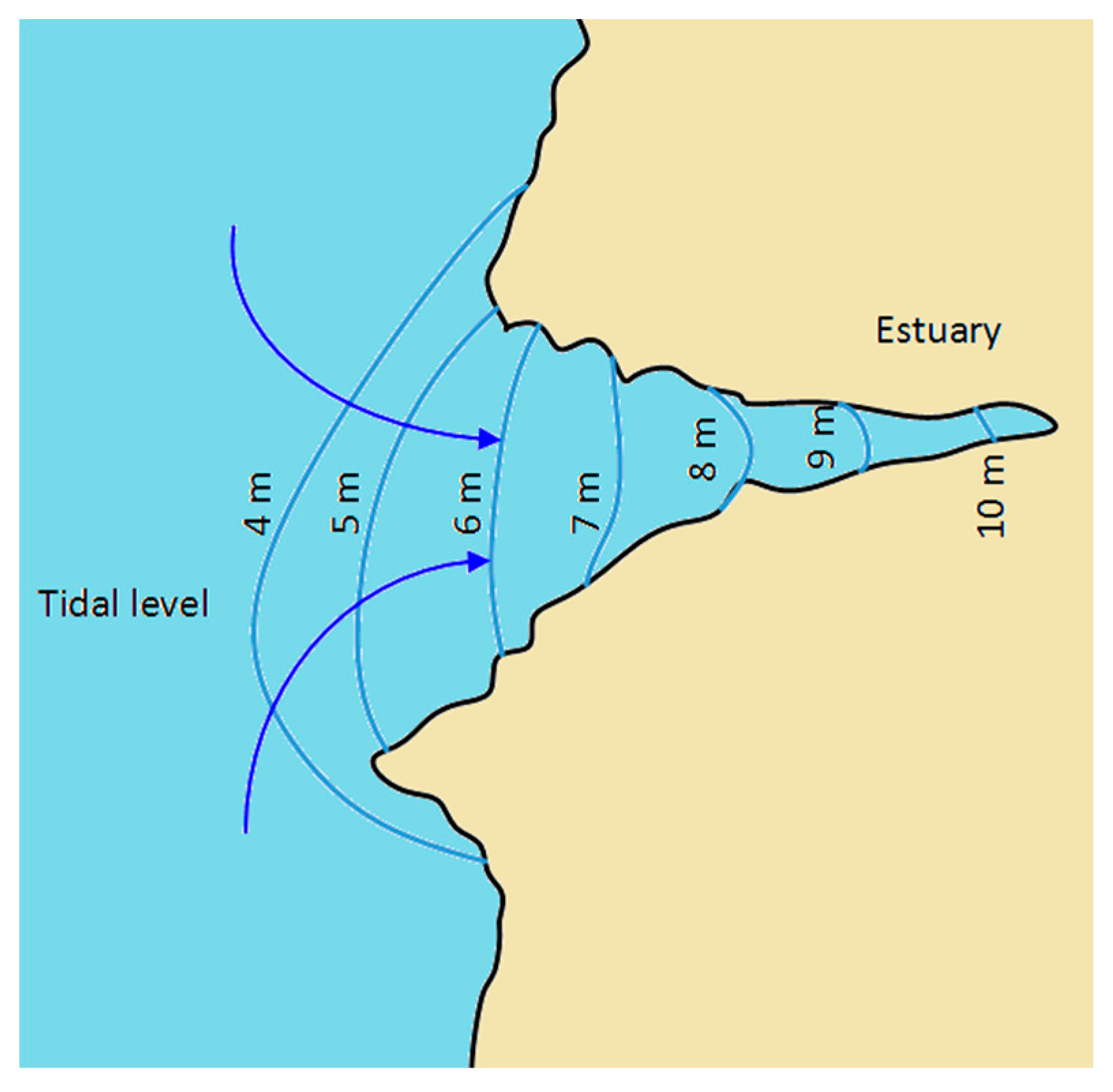
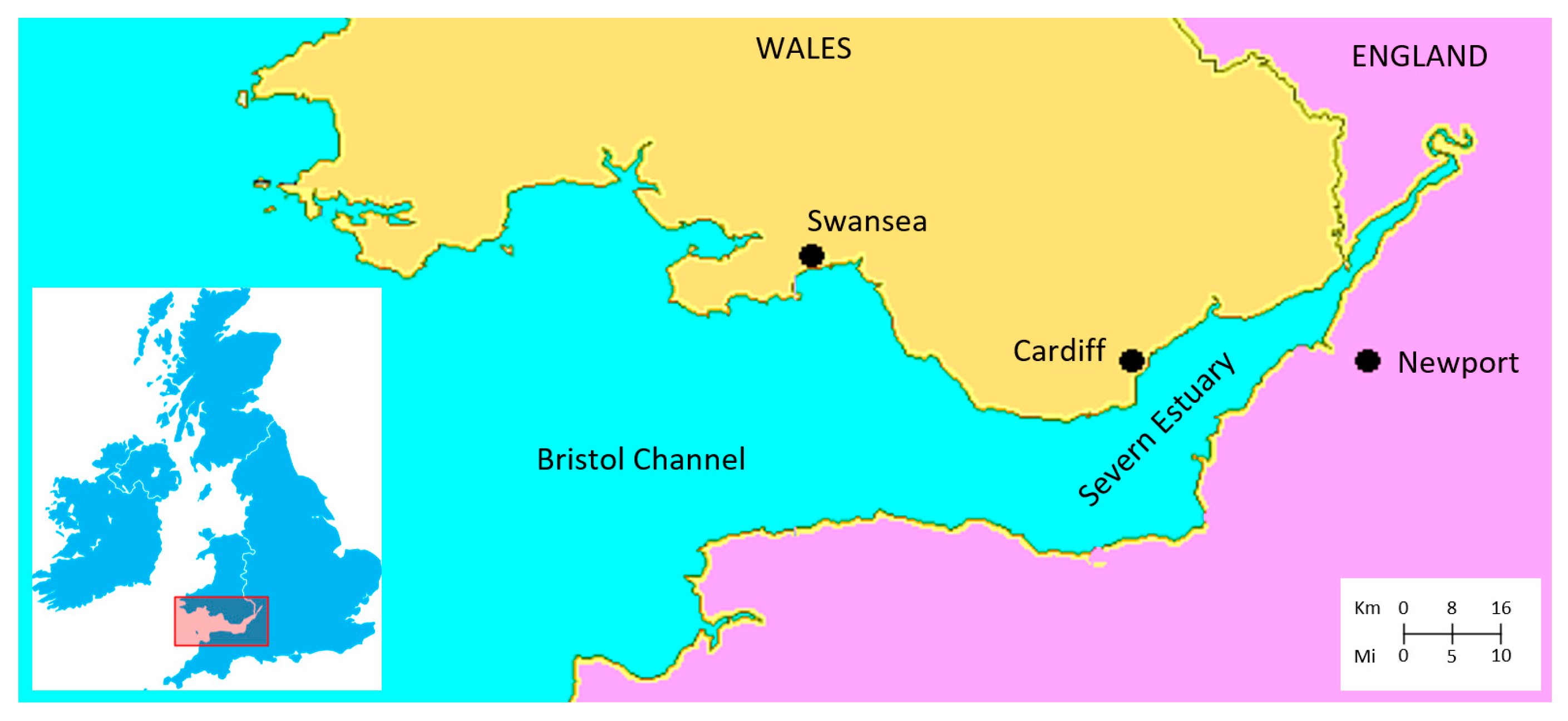
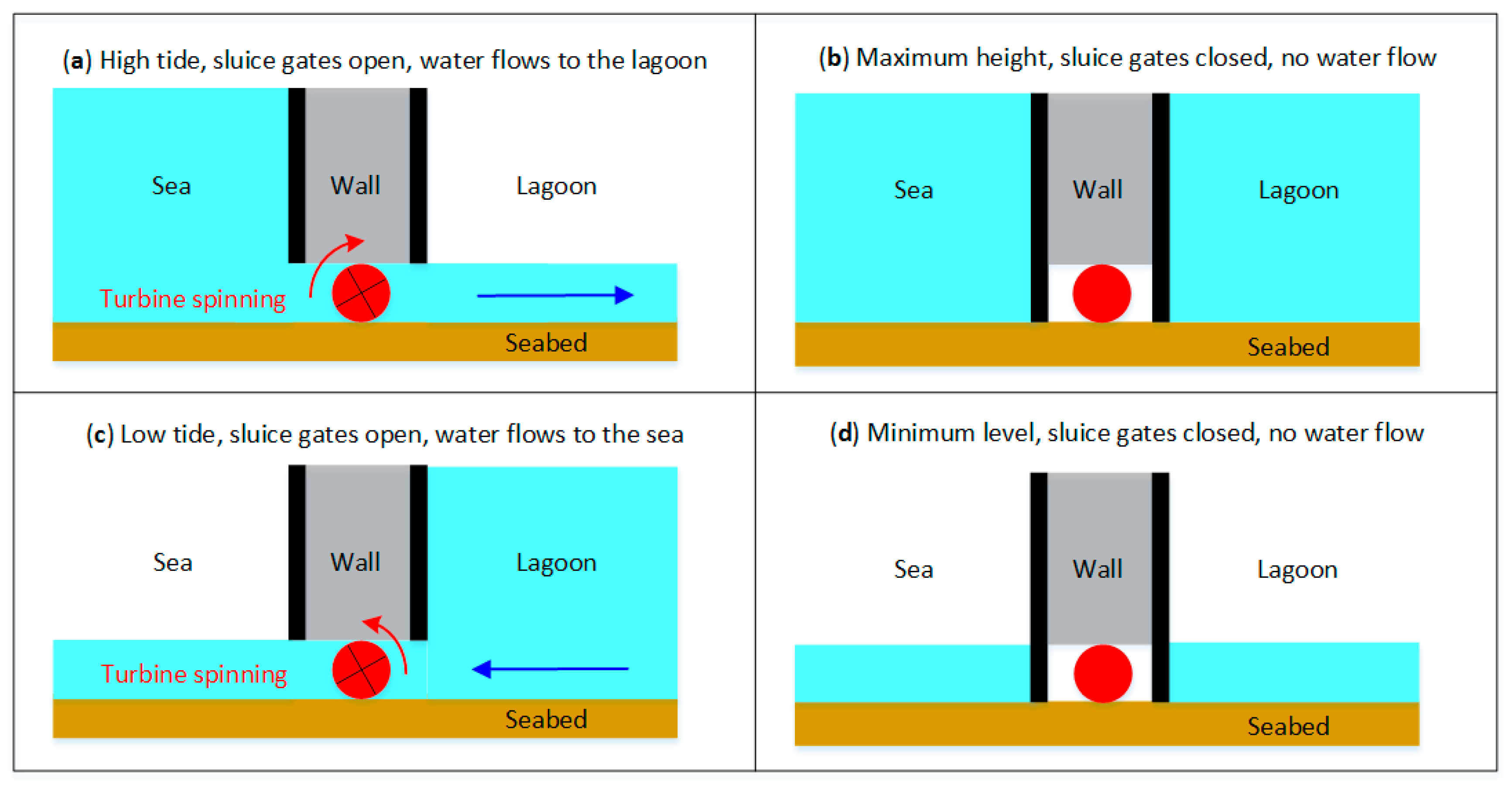

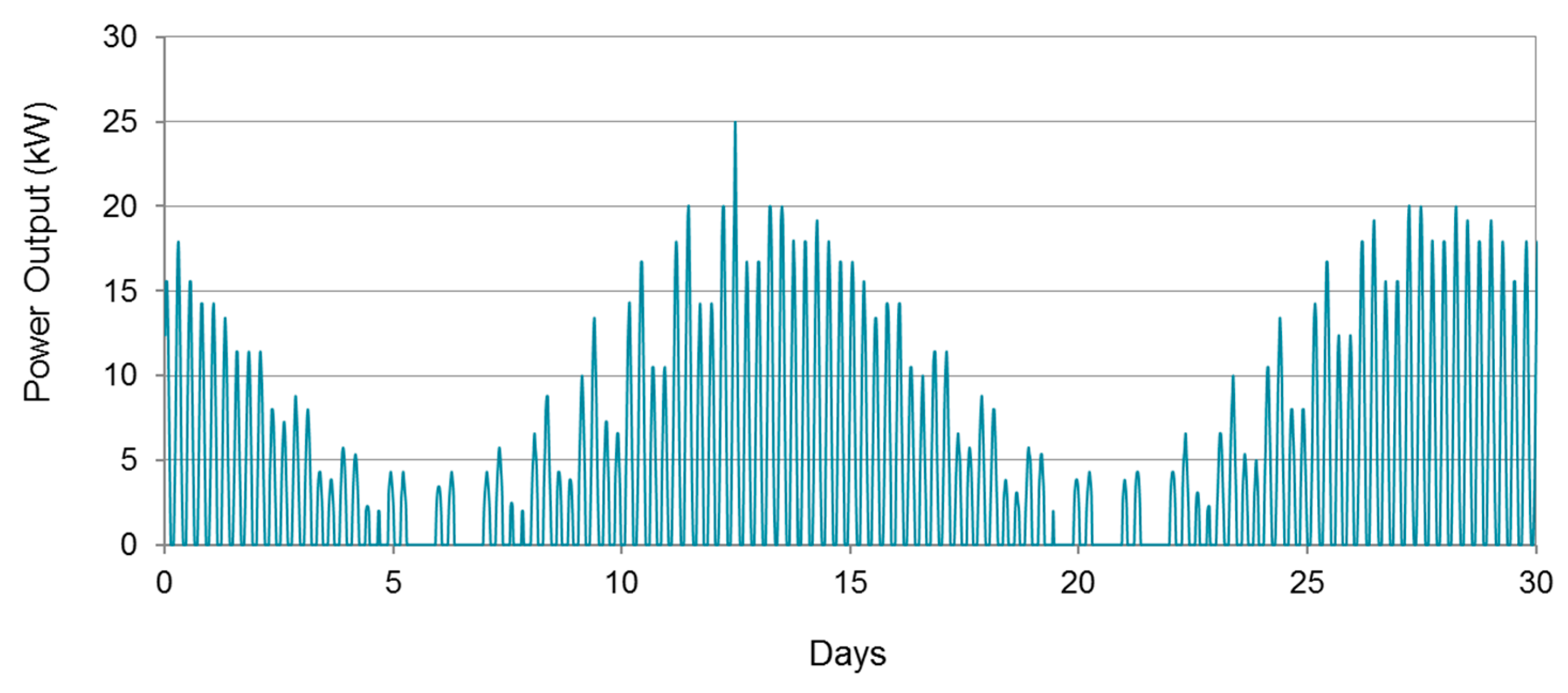


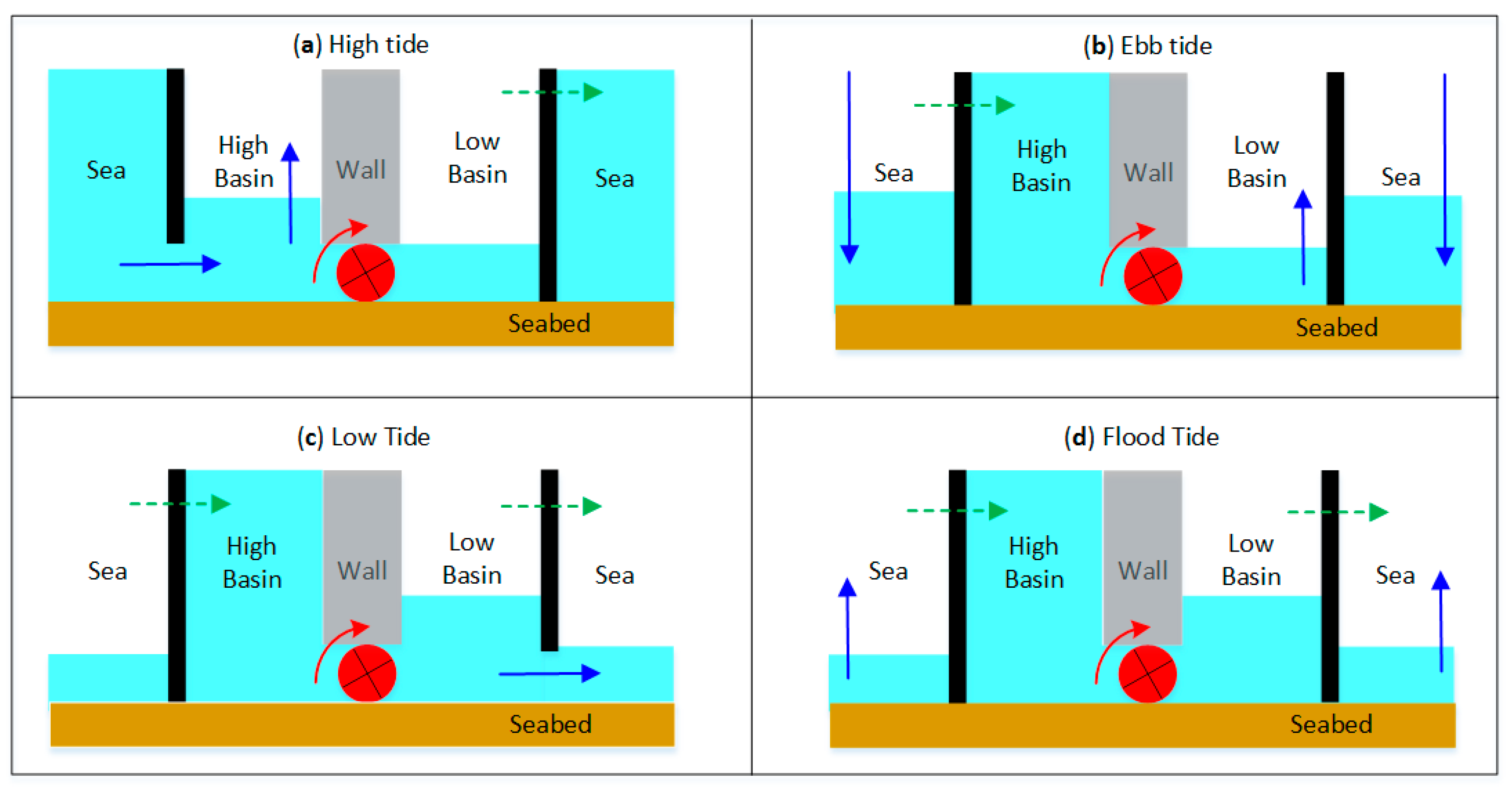
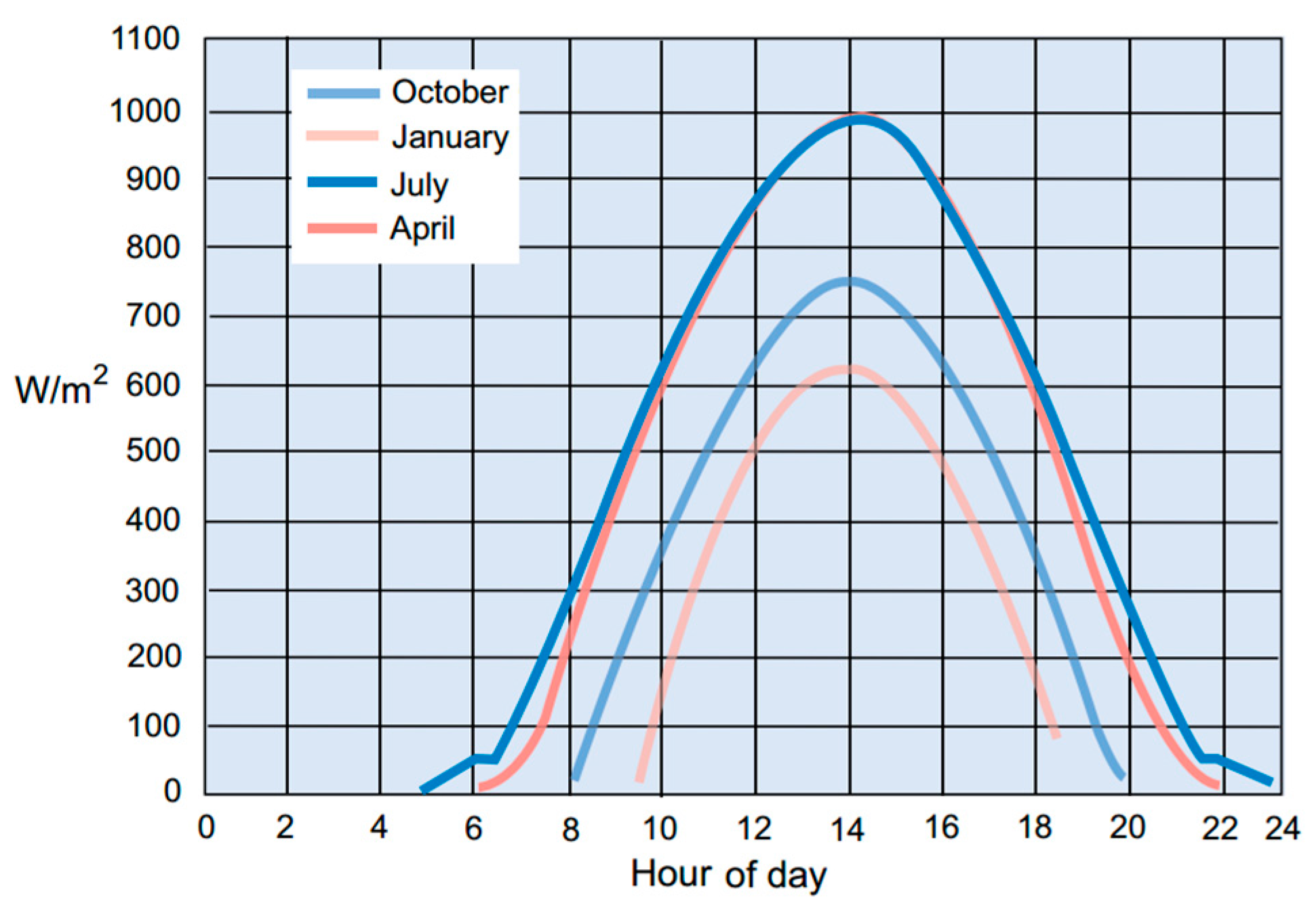


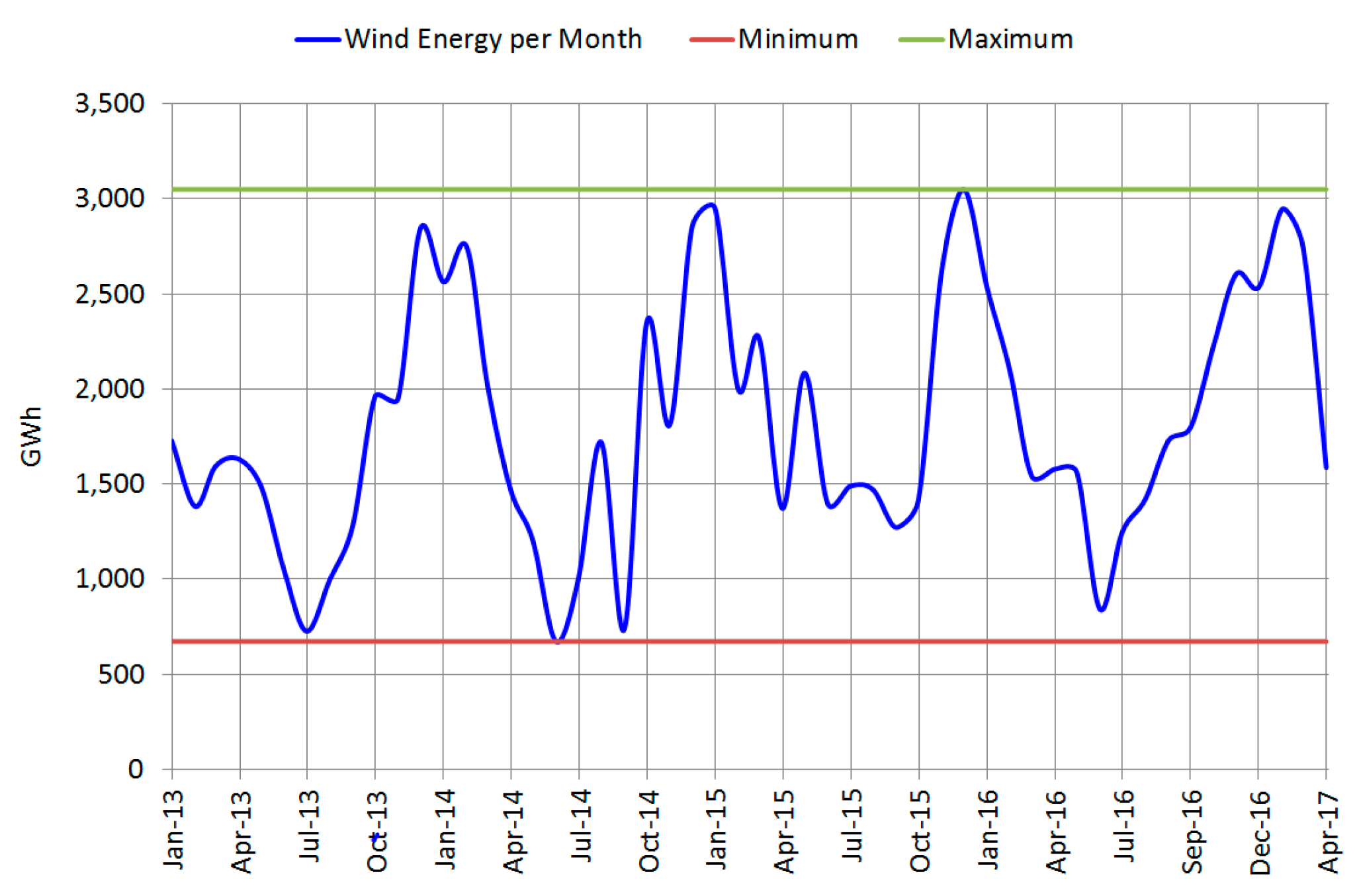
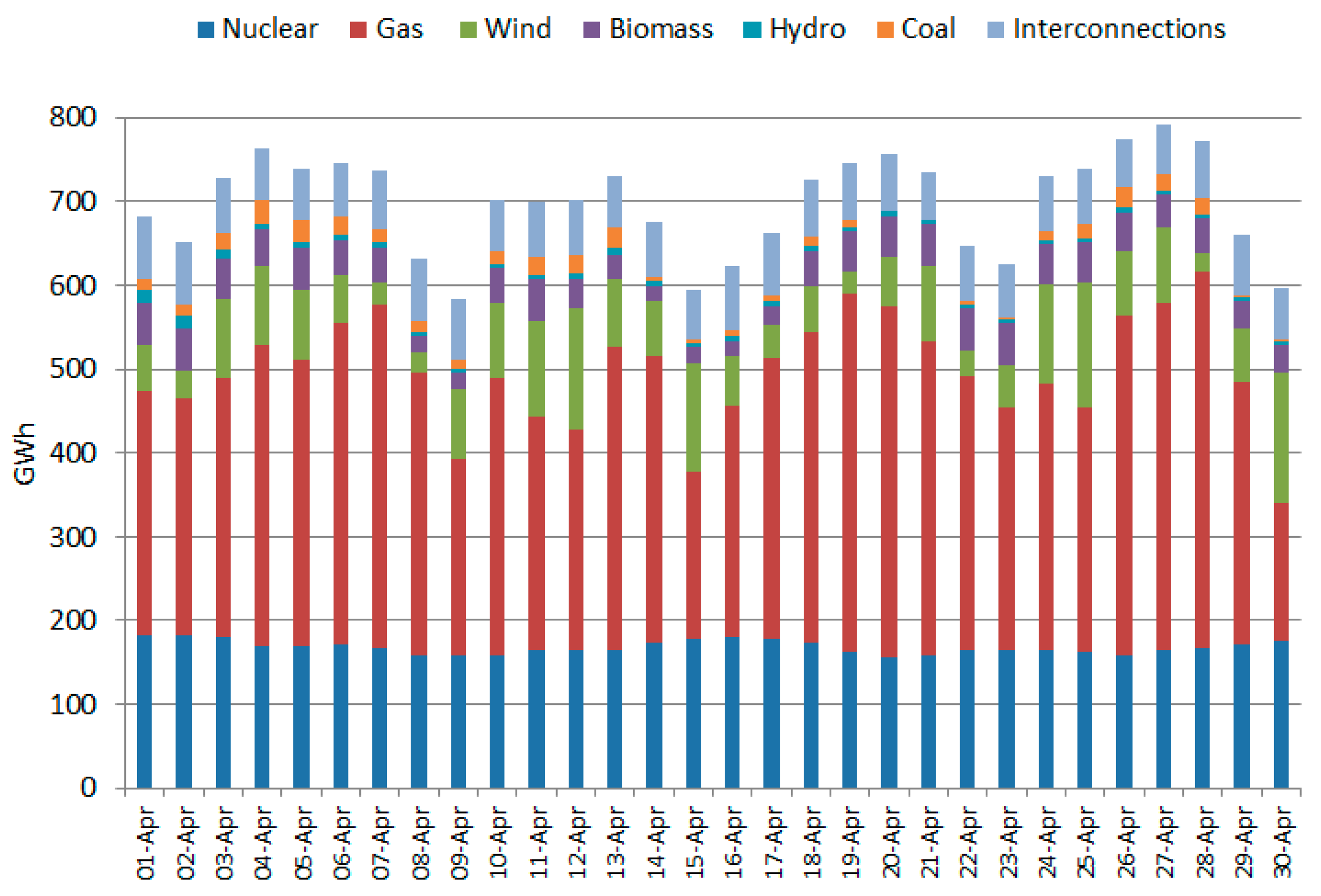
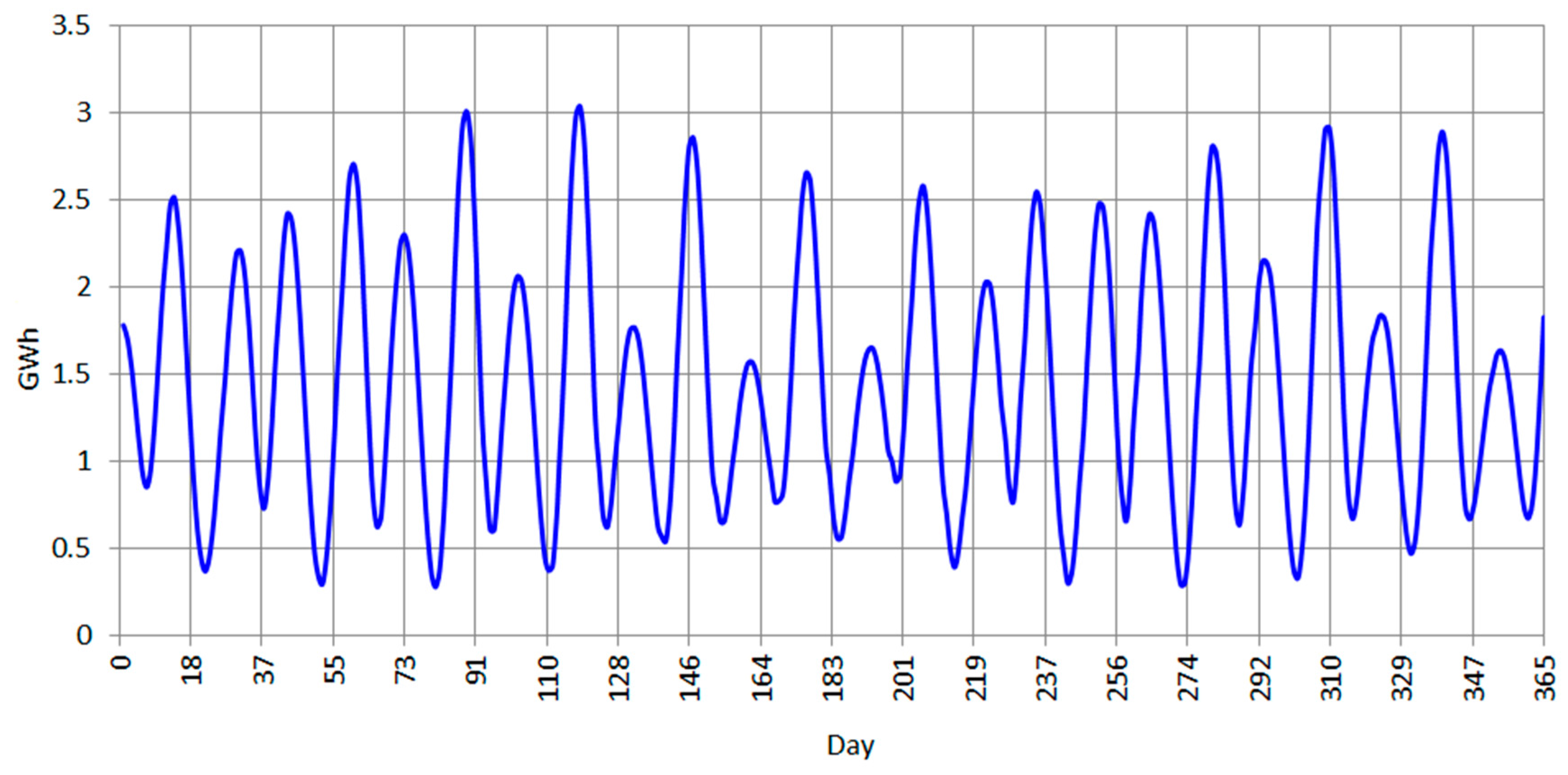

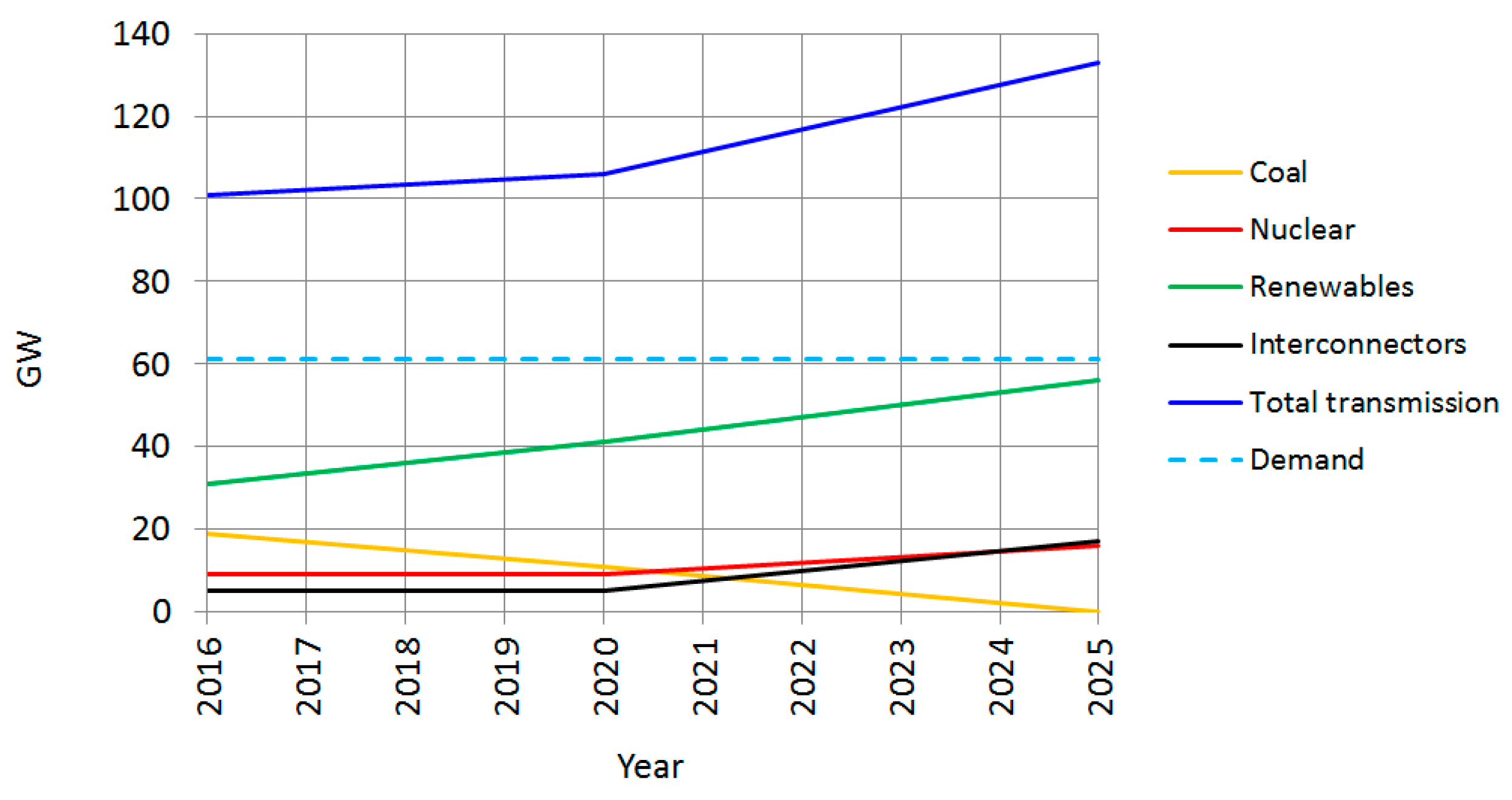
| Resource | Annual | Hourly |
|---|---|---|
| Wind | Low | High |
| Solar | High | Medium |
| Tidal | Low | High |
© 2017 by the author. Licensee MDPI, Basel, Switzerland. This article is an open access article distributed under the terms and conditions of the Creative Commons Attribution (CC BY) license (http://creativecommons.org/licenses/by/4.0/).
Share and Cite
Todeschini, G. Review of Tidal Lagoon Technology and Opportunities for Integration within the UK Energy System. Inventions 2017, 2, 14. https://doi.org/10.3390/inventions2030014
Todeschini G. Review of Tidal Lagoon Technology and Opportunities for Integration within the UK Energy System. Inventions. 2017; 2(3):14. https://doi.org/10.3390/inventions2030014
Chicago/Turabian StyleTodeschini, Grazia. 2017. "Review of Tidal Lagoon Technology and Opportunities for Integration within the UK Energy System" Inventions 2, no. 3: 14. https://doi.org/10.3390/inventions2030014





